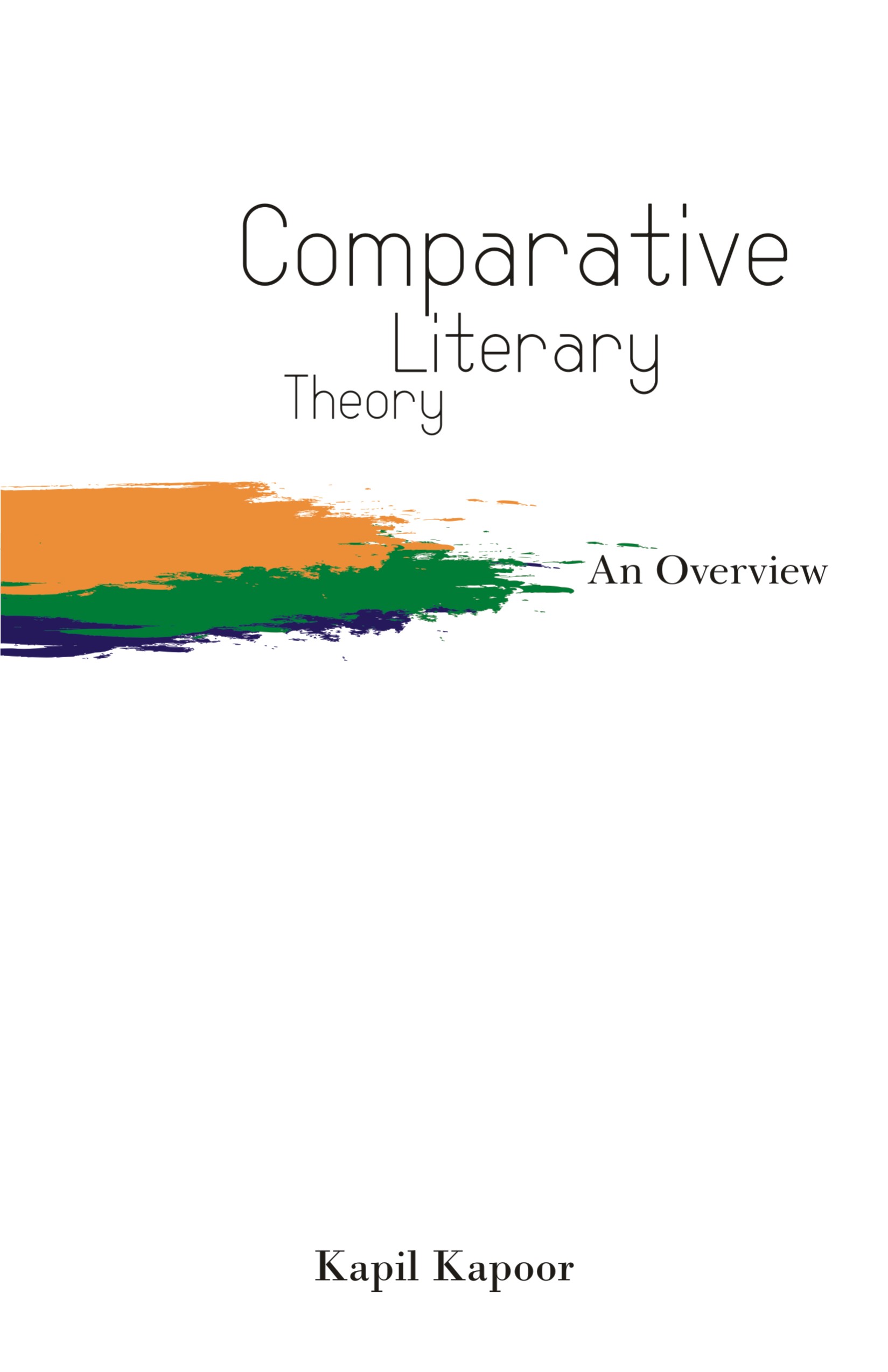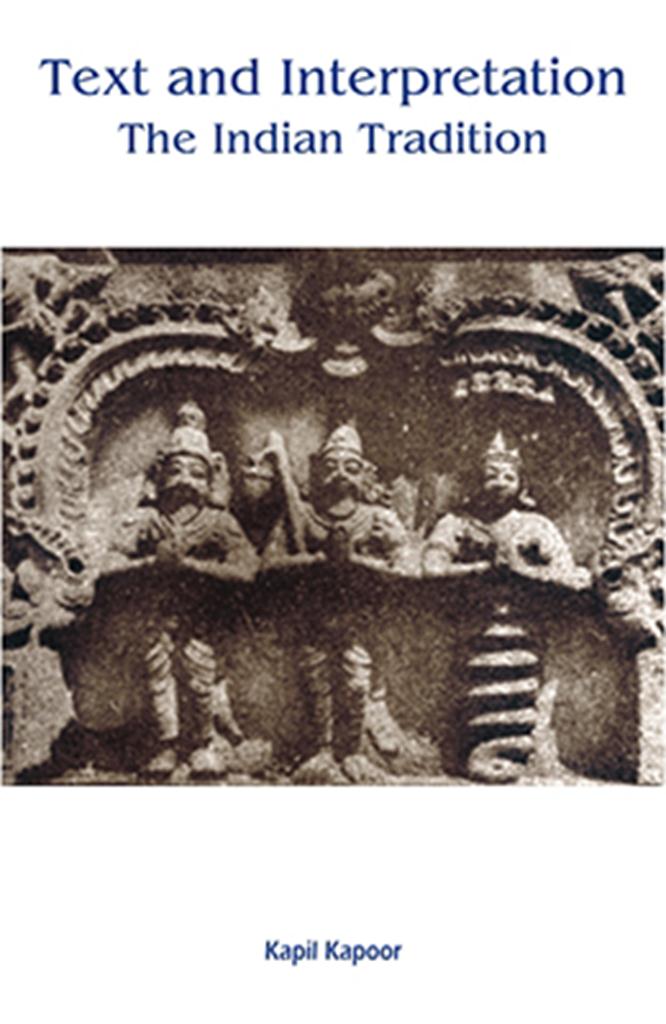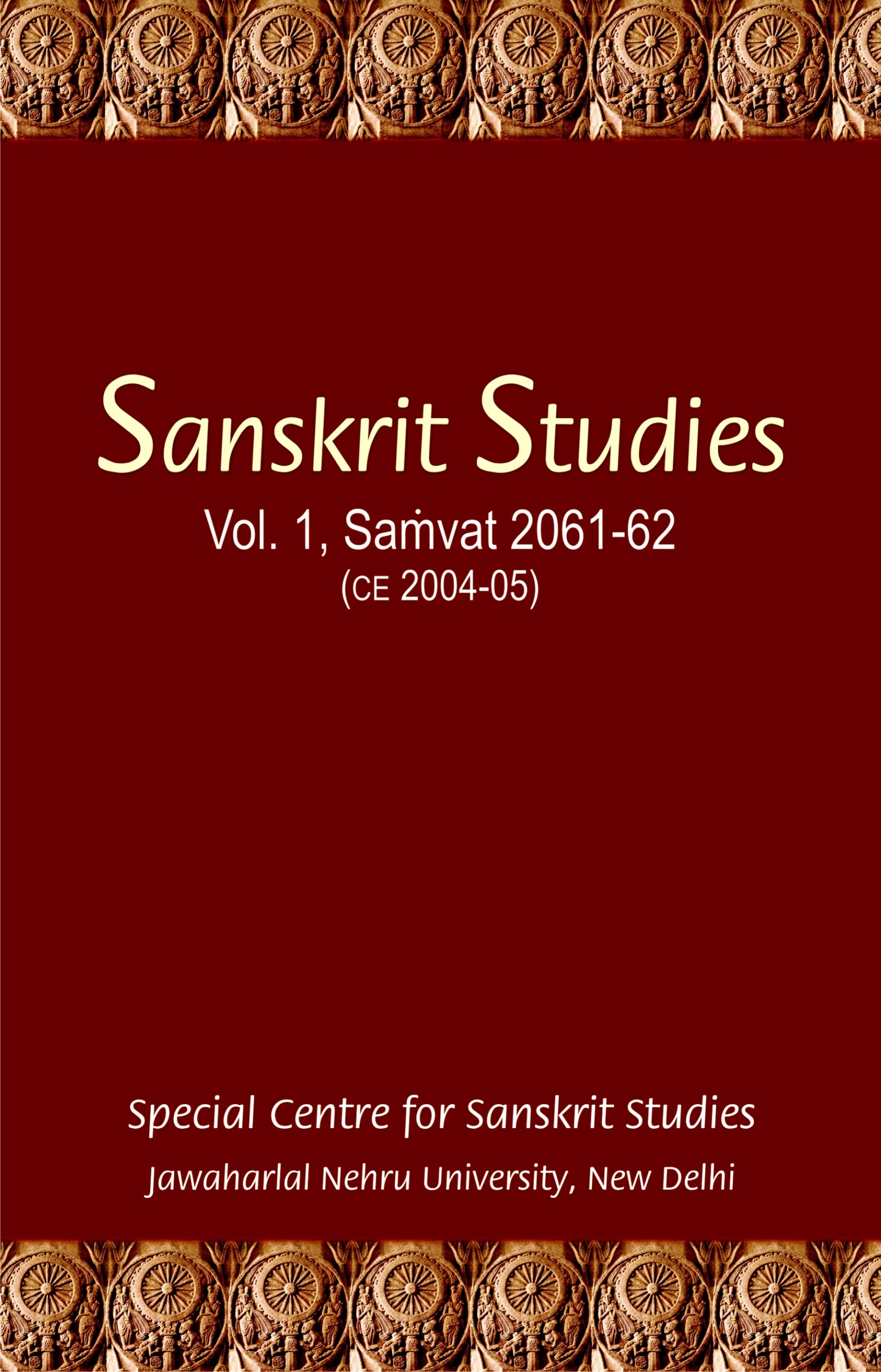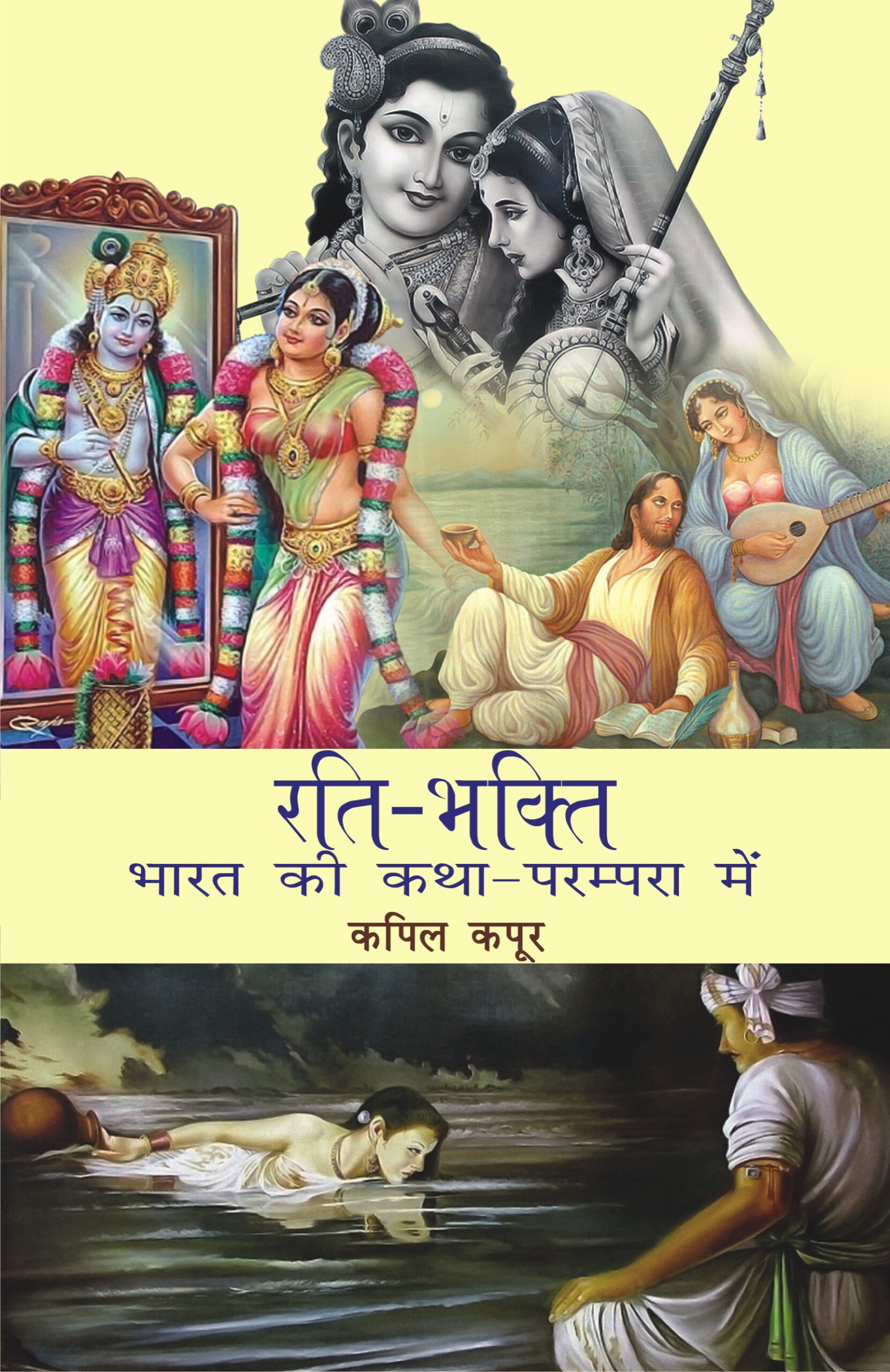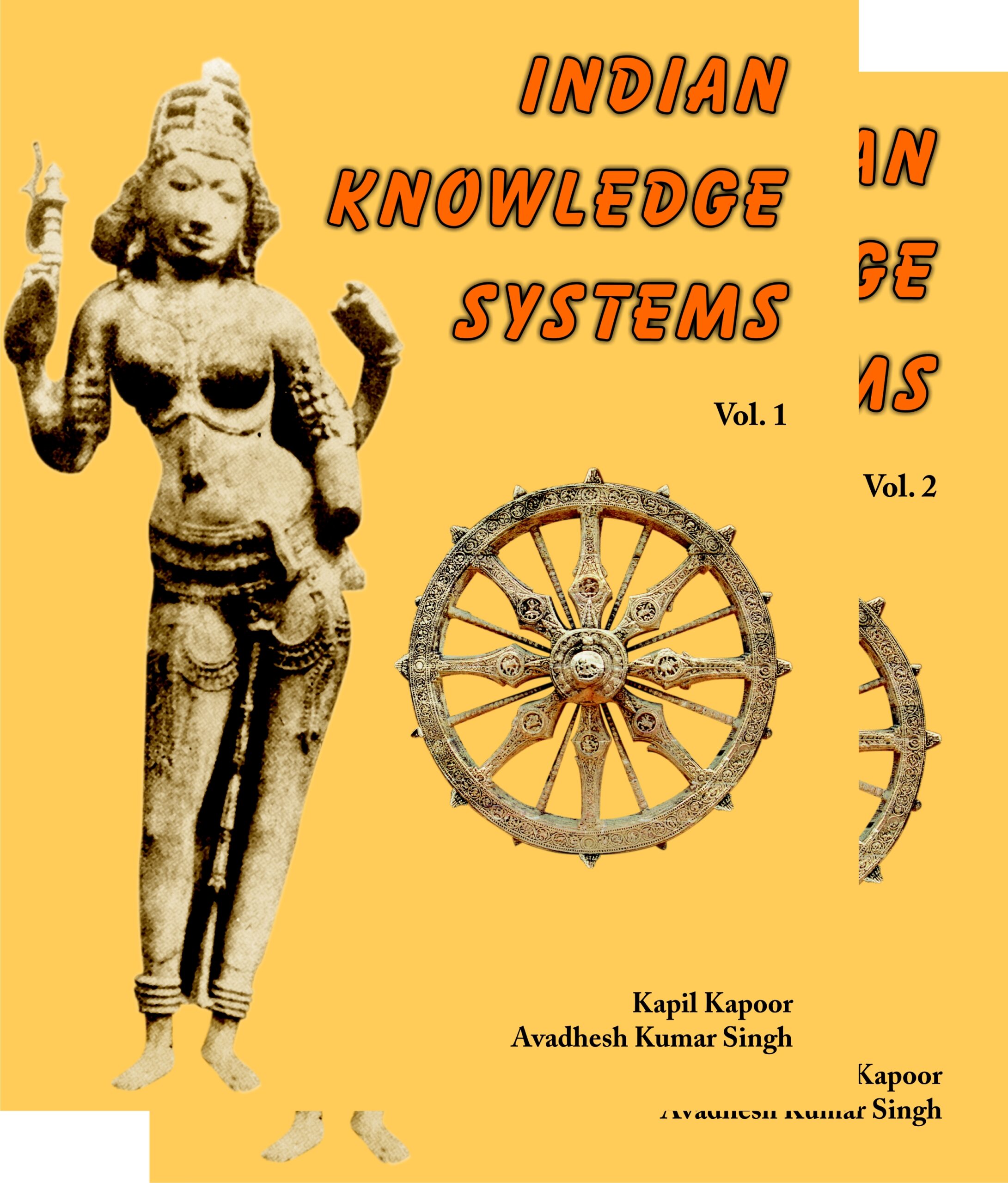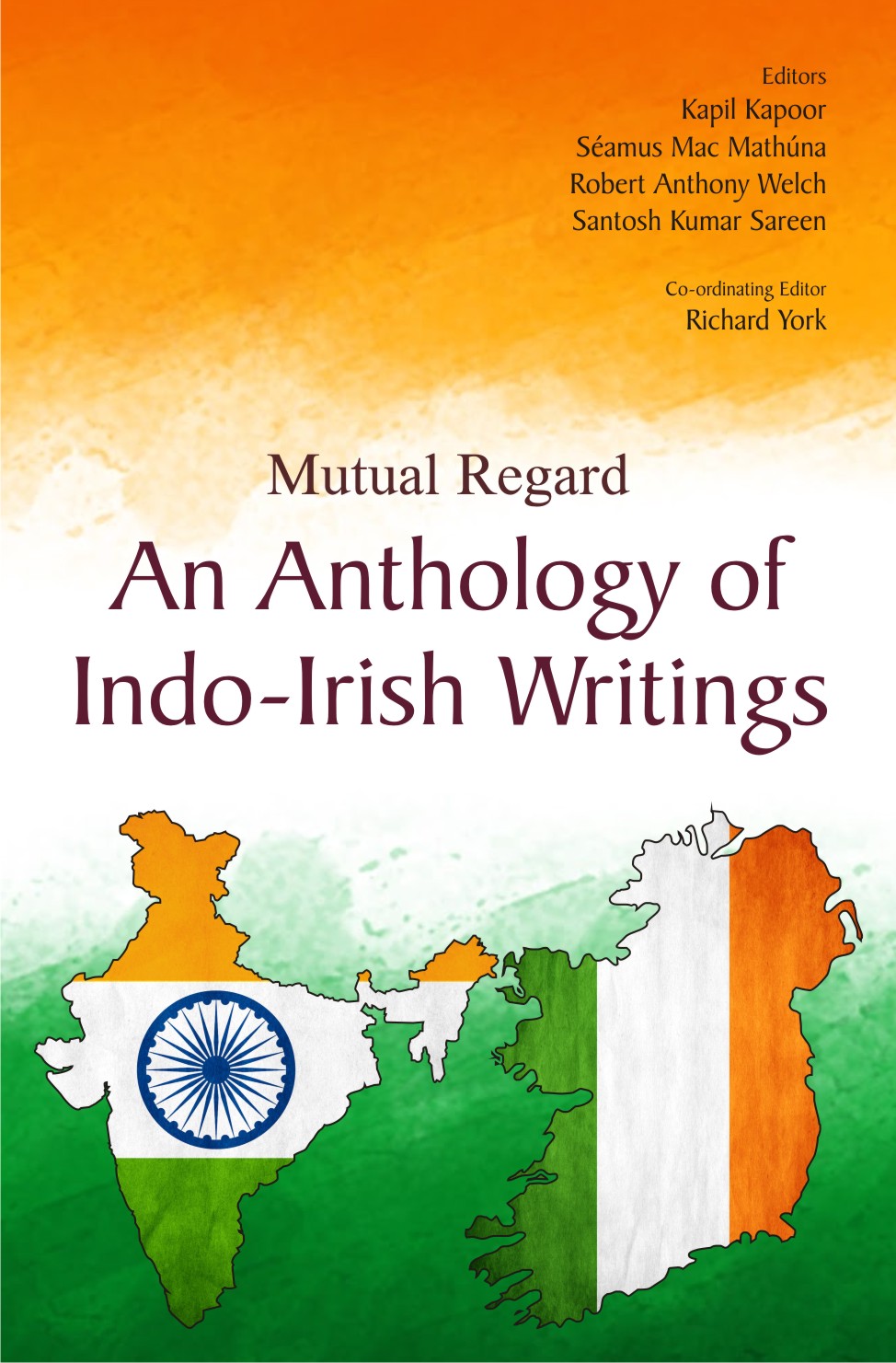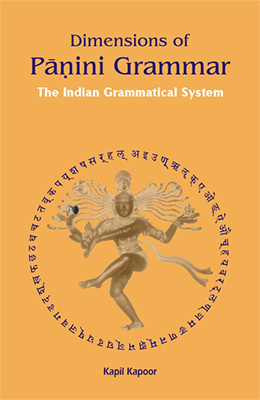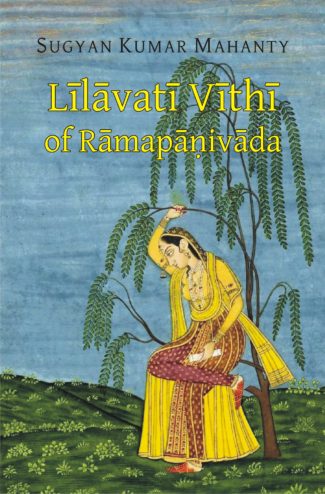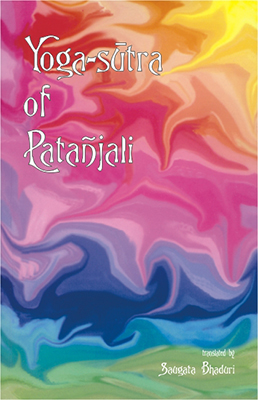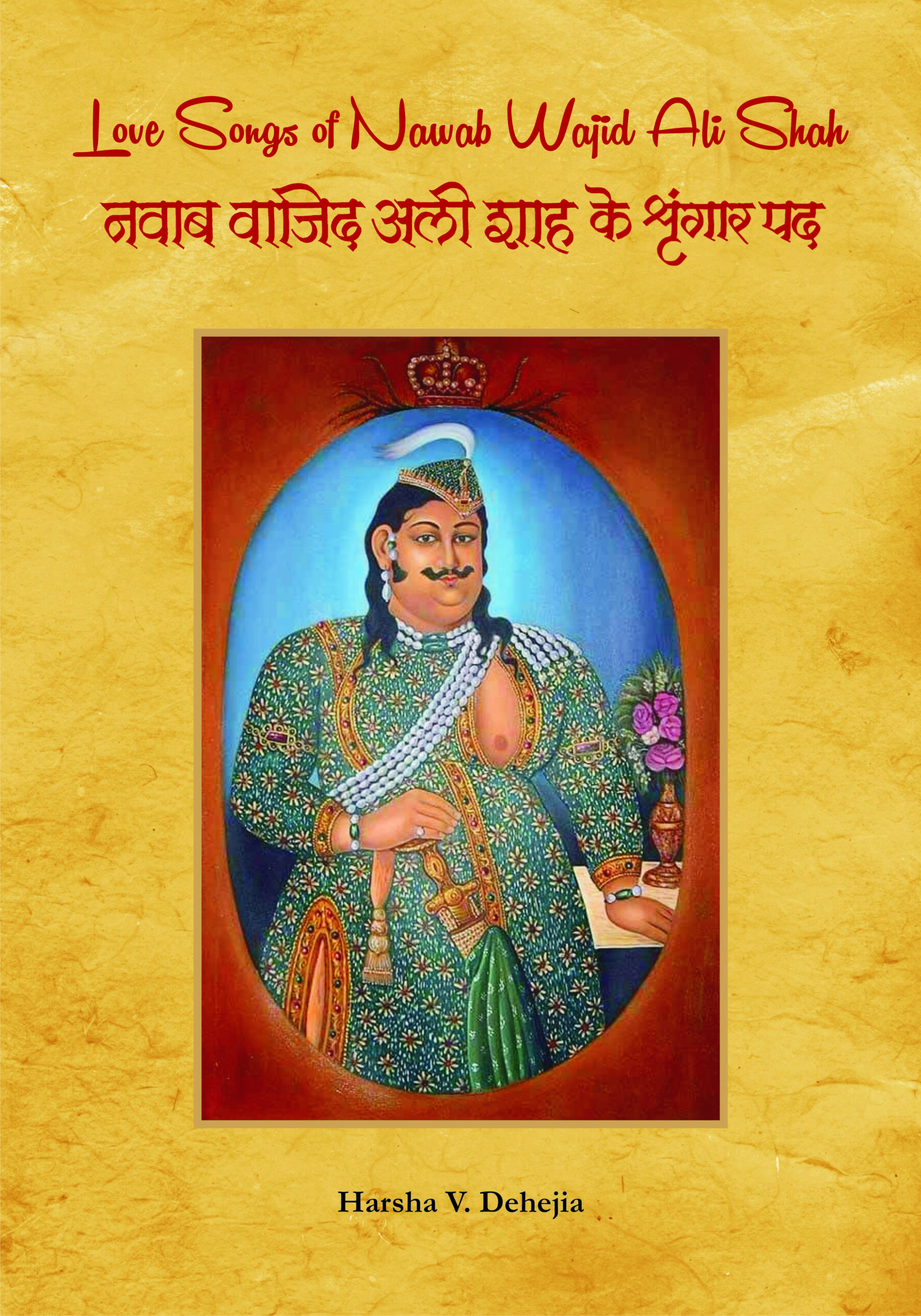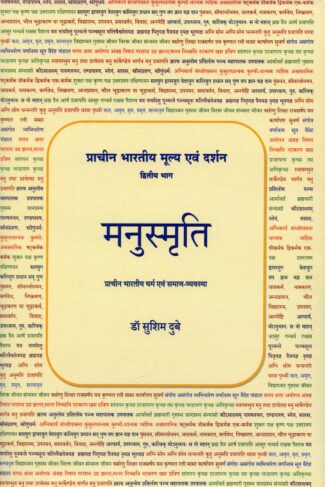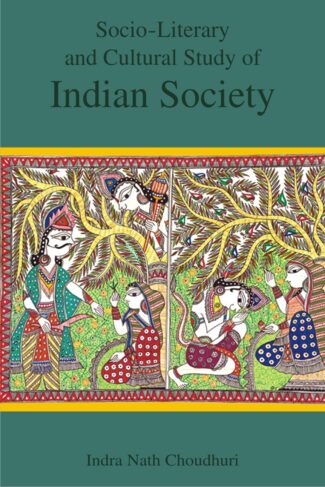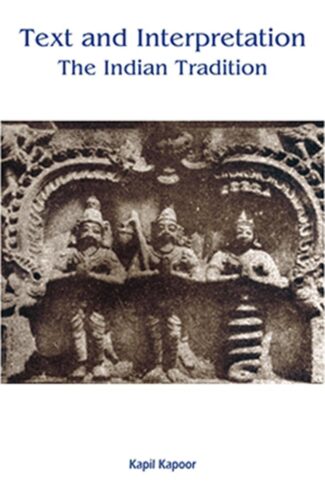

Text and Interpretat...
Text and Interpretation
The Indian Tradition by: Kapil KapoorThe present study is the comprehensive analysis of interpretative tradition, concerned with the problem of determining meaning in verbal texts, and examines the nature of the texts and the typology of textual situations. It investigates the instruments of interpretation and illustrates their use in various texts and exegetes.
Original price was: ₹800.00.₹720.00Current price is: ₹720.00.
ISBN: 9788124603376
Year Of Publication: 2018
Edition: 2nd
Pages : xi, 220
Bibliographic Details : 1 Folded chart, Annotation of major terms; Bibliography; Index
Language : English
Binding : Hardcover
Publisher: D.K. Printworld Pvt. Ltd.
Size: 23 cm.
Weight: 500
Linguistic communities are interpretative they have shared frameworks and strategies to fix the meaning of what is experienced through senses or communicated through language. India presents one such interpretative community in which the three major contending schools of thought the Brahmins, the Buddhists and the Jains flourished and fought. The presence of a strong interpretative tradition suggests the existence of texts and issues that are perennially important and also a certain freedom of mind that the community has enjoyed and guaranteed. The present study is perhaps the first comprehensive analysis of this tradition concerned with the problems of determining meaning in verbal texts. It examines the nature of the texts and the typology of textual situations in response to which a system of interpretation developed and became a shared mode of interpretation, the Shastra-Paddhati. It sets up several typologies of meaning, of textual situations and of the interpretative strategies. The book then investigates the instruments of interpretation, verbal testimony, sarvabhauma siddhanta (the meta-principle), sangati (coherence), paribhasha (metarules), laukika-nyaya (common principles of judgement), vyakarana (grammar), nirvacana, (exposition or etymology) and verbal symbolism and illustrates the use that is made of them in different kinds of texts, shruti, smriti and kavya, and by different exegetes such as Shankara. At a time of resurgence of interest in the Indian intellectual traditions in grammar, philosophy, logic, theories of meaning and poetics and as part of a transdisciplinary search for abstract structures of knowledge this book should be of interest to students and scholars of Indian languages, linguistics, semiotics and literatures and generate lively intellectual controversy among scholars and motivate further research and study in these areas.
Preface
1. Language and Interpretation
Language and Reality
Linguistic Thought and Grammar
2. Texts and Commentary Tradition
The Interpretative Tradition
Characteristics of the Tradition
Types of Interpretation
The Commentary Tradition
Types of Commentaries
Purpose and Value of Commentaries
Status of the Text
Nature of the Texts
Task and Types of Interpretation
3. The Shared Mode of Interpretation
Shastra-Paddhati
Instruments of Exegesis
4. Adi Shankara on the Bhagavad-Gita — An Example of the Interpretation
Annotation of Major Terms
Bibliography
Index





